Home>diy>Building & Construction>How To Protect Wood Floors During Construction
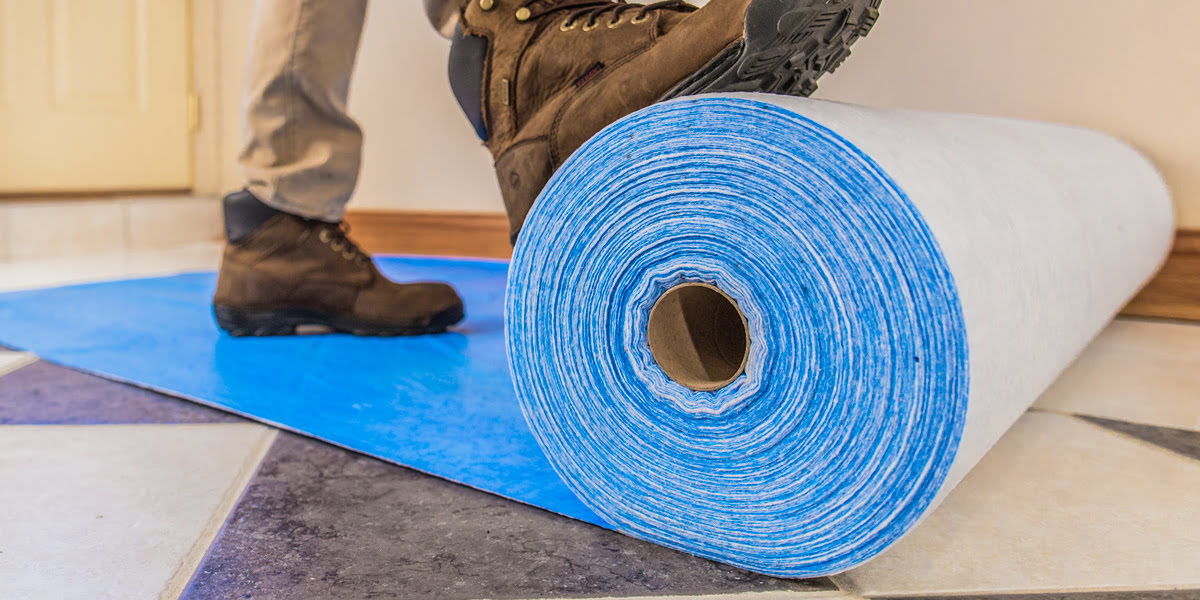

Building & Construction
How To Protect Wood Floors During Construction
Modified: January 8, 2024
Learn how to protect your wood floors during building construction with our helpful tips and tricks. Preserve the beauty and durability of your floors with proper precautions.
(Many of the links in this article redirect to a specific reviewed product. Your purchase of these products through affiliate links helps to generate commission for Storables.com, at no extra cost. Learn more)
Introduction
When it comes to construction projects, one crucial aspect often overlooked is the protection of wood floors. Whether you’re renovating a residential property or constructing a commercial building, safeguarding the integrity and beauty of wood floors should be a top priority. The construction process can result in various potential hazards such as scratches, dents, and stains, which can be costly to repair or even require complete replacement.
Protecting wood floors during construction provides a range of benefits. First and foremost, it helps maintain the value of the property. Wood floors are a desirable feature for many homeowners and can significantly increase the resale value of a property. By ensuring the floors remain in excellent condition during construction, you can preserve that value and appeal.
Furthermore, protecting wood floors minimizes the risk of accidents, enhancing safety on-site. Slippery or damaged wood floors can cause accidents and injuries to construction workers and other personnel. Additionally, it creates a clean and professional image for clients and visitors who may be inspecting the construction progress.
In this article, we will delve into the importance of protecting wood floors during construction and discuss various methods and techniques to ensure their preservation. By following these guidelines, you can safeguard your wood floors and ultimately save time, money, and potential headaches in the long run.
Key Takeaways:
- Protecting wood floors during construction is essential to maintain their aesthetic appeal, preserve property value, prevent costly repairs, ensure safety, and maintain productivity on the construction site.
- Proper preparation, protective methods, and post-construction cleaning and maintenance are crucial for safeguarding wood floors and ensuring their longevity and timeless beauty.
Read more: How To Protect Floors During Construction
Why is it important to protect wood floors during construction?
Construction sites can be chaotic environments with heavy machinery, tools, and equipment moving around. Without proper protection, wood floors are at risk of damage from scratches, dents, spills, and stains. Here are a few key reasons why it’s crucial to protect wood floors during construction:
- Preserving the aesthetics: Wood floors are prized for their beauty and elegance. They add warmth and sophistication to any space. By protecting them during construction, you ensure that the natural appeal of the wood is maintained, avoiding unsightly marks or blemishes.
- Maintaining the value of the property: Wood floors can significantly enhance the value of a property. Whether it’s a residential home, office space, or retail establishment, potential buyers or tenants place great importance on the condition of the flooring. By protecting the wood floors during construction, you prevent depreciation and maintain the property’s value.
- Preventing costly repairs: Repairing damaged wood floors can be an expensive and time-consuming process. The construction process can lead to scratches, gouges, or even structural damage, requiring professional repairs or complete replacement. By implementing preventive measures, such as protective coverings or barriers, you can avoid these costly repairs and save both time and money.
- Ensuring safety: Construction sites are inherently hazardous environments, with multiple workers and equipment moving around. If wood floors are left unprotected, they can become slippery, posing a safety hazard for both construction workers and visitors. Protecting the floors with appropriate coverings or barriers reduces the risk of accidents, ensuring a safe and secure construction site.
- Maintaining productivity: Construction projects involve a multitude of tasks, from demolition and framing to painting and finishing. Without proper protection, construction debris, dust, and spills can accumulate on the wood floors, hindering productivity. By keeping the floors clean and protected, workers can move freely and efficiently throughout the construction process.
In summary, protecting wood floors during construction is essential to maintain their aesthetic appeal, preserve the value of the property, prevent costly repairs, ensure safety, and maintain productivity on the construction site. By investing in suitable protective measures, you can safeguard your wood floors and enjoy their beauty and durability for years to come.
Preparing the wood floors before construction
Before you begin any construction or renovation project, it’s essential to properly prepare the wood floors to minimize the potential for damage. Here are several steps you should take to prepare the wood floors:
- Remove furniture and belongings: Start by clearing the area of any furniture, rugs, or other items that could get in the way during construction. This will create a safe and open space to work in and prevent potential damage to these items.
- Clean the floors: Thoroughly clean the wood floors to remove any dirt, dust, or debris. Vacuum or sweep the surface, then use a damp mop with a mild wood floor cleaner to remove any stubborn stains or grime. Make sure the floors are completely dry before proceeding.
- Inspect for any pre-existing damage: Assess the condition of the wood floors before construction begins. Look for any existing scratches, dents, or stains. Take note of these areas and consider implementing extra protection measures to prevent further damage during the construction process.
- Document the condition: It’s a good idea to document the current condition of the wood floors with photographs or written notes. This will serve as evidence if any damage occurs during the construction process and can be helpful for insurance purposes.
- Apply protective coatings or sealants: Depending on the type of wood floors you have, applying a protective coating or sealant can provide an extra layer of defense against potential damage. Consult with a flooring professional to determine the most suitable product for your specific flooring material.
- Establish construction-free zones: Determine designated areas where construction activities will be strictly prohibited. This will help protect specific areas of the wood floor from accidental damage. Use caution tape or signage to clearly mark these zones and communicate the boundaries to all workers and contractors.
By following these steps and taking the time to properly prepare the wood floors before construction, you can minimize the risk of damage and ensure that your floors remain in excellent condition throughout the project. Taking preventative measures will ultimately save you time, money, and potential headaches in the future.
Methods for protecting wood floors during construction
Protecting wood floors during construction is crucial to avoid damage and maintain their integrity. Fortunately, there are various methods and techniques that you can use to safeguard your wood floors. Here are some effective methods for protecting wood floors during construction:
- Cover the floors: One of the simplest and most effective ways to protect wood floors is by covering them with temporary protective coverings. There are several options available, including adhesive plastic films, cardboard, rosin paper, or kraft paper. These coverings provide a barrier between the construction activities and the wood floors, preventing scratches, dents, and spills.
- Use floor mats or runners: Placing floor mats or runners in high-traffic areas and entryways can help trap dirt, debris, and moisture from shoes. This prevents these elements from being tracked onto the wood floors, reducing the risk of scratches and stains.
- Install protective plywood sheets: For heavy-duty protection, you can install plywood sheets over the wood floors. This provides a solid barrier against impact and heavy equipment. Ensure that the plywood sheets are securely fastened and properly leveled to prevent any movement or damage to the wood floors underneath.
- Set up barriers and signage: Create physical barriers around the construction site to prevent accidental access to areas with wood floors. Use caution tape, barricades, or temporary fencing to clearly mark off construction-free zones. Additionally, display signage indicating the importance of avoiding contact with the wood floors and the potential consequences of not adhering to the precautions.
- Train the construction team: It’s crucial to educate and train the construction team on the importance of protecting the wood floors. Make sure they understand the potential risks and the specific protective measures in place. Emphasize the need for caution and care when working around the wood floors to minimize the chance of accidents and damage.
- Schedule construction activities strategically: Coordinate construction activities to minimize the impact on the wood floors. For example, schedule tasks that involve heavy equipment or potential debris away from areas with wood floors. This reduces the chance of accidental damage and allows for proper protection measures to be in place.
Remember, the specific methods you choose for protecting wood floors during construction may vary depending on the size and scope of the project, as well as the type of wood flooring you have. Consult with professionals, such as flooring contractors or experts, to determine the most suitable protective measures for your specific situation.
By implementing these protective methods, you can ensure that your wood floors remain in pristine condition throughout the construction process, eliminating the need for costly repairs or replacements.
Use heavy-duty floor protection such as rosin paper or Ram Board to cover wood floors during construction. This will prevent scratches, dents, and other damage from tools, equipment, and foot traffic.
Using temporary protective coverings
When it comes to protecting wood floors during construction, temporary protective coverings are a popular and effective option. These coverings provide a barrier between the construction activities and the wood floors, safeguarding them from scratches, stains, and other damage. Here are some commonly used temporary protective coverings:
- Adhesive plastic films: Adhesive plastic films are transparent sheets that adhere directly to the surface of the wood floors. They provide a protective layer while still allowing the natural beauty of the wood to shine through. These films are easy to apply, peel off without leaving residue, and can withstand foot traffic and light equipment.
- Cardboard: Cardboard sheets are a cost-effective option for protecting wood floors during construction. They are durable and can provide excellent coverage. Lay the sheets down and secure them in place with tape to prevent shifting. Cardboard is particularly useful in areas with heavy foot traffic or where equipment is frequently moved.
- Rosin paper or kraft paper: Rosin paper or kraft paper rolls are another popular choice for temporary floor protection. Similar to cardboard, these papers can be rolled out and secured in place with tape. They provide a protective barrier against spills, dirt, and other debris. However, it’s important to note that they may not be as durable as other options and may need to be replaced more frequently.
- Fabric drop cloths: Fabric drop cloths are typically made of canvas or heavy-duty fabric materials. These cloths are excellent for protecting wood floors during painting or other tasks that may involve drips or spills. They are absorbent and can prevent paint or other liquids from seeping through and staining the wood floors.
- Carpet runners or area rugs: When it comes to protecting wood floors in high-traffic areas or entryways, carpet runners or area rugs can be a great solution. These provide a cushioned surface and help trap dirt and moisture from shoes. Opt for rugs or runners with non-slip backings to ensure they stay securely in place.
Before using any temporary protective coverings, it’s essential to ensure that the wood floors are clean and dry. Any debris or moisture trapped between the covering and the floor could potentially cause damage. Additionally, avoid using coverings that are abrasive or have sharp edges, as they may scratch or dent the wood floors.
Always follow the manufacturer’s instructions for applying and removing the temporary protective coverings. If any spills or stains occur during construction, clean them up promptly to prevent the liquid from seeping through the covering and reaching the wood floors.
By using temporary protective coverings, you can effectively shield your wood floors from the potential hazards of construction activities, maintaining their beauty and prolonging their lifespan.
Read more: How To Protect Wood Floors When Remodelling
Proper cleaning and maintenance after construction
After construction is complete, it’s essential to give your wood floors the attention they need to ensure their long-term durability and beauty. Proper cleaning and maintenance will help remove any residual debris, restore the shine, and protect the wood floors from future damage. Here are some important steps to follow:
- Remove protective coverings: Begin by removing any temporary protective coverings that were placed during the construction process. Carefully peel them off, taking care not to scratch or damage the wood floor surface.
- Sweep or vacuum: Start by removing any loose dust, dirt, or debris from the wood floors. Use a soft-bristled broom or a vacuum cleaner with a hardwood floor attachment to gently sweep or vacuum the entire surface. Pay attention to hard-to-reach areas and corners.
- Clean with a suitable wood floor cleaner: Once the loose dirt is removed, it’s time to deep clean the wood floors. Use a cleaning solution specifically formulated for wood floors. Avoid using harsh chemicals or excessive water, as they can damage the wood. Follow the manufacturer’s instructions for dilution and application.
- Scrub gently: Dip a soft mop or microfiber cloth into the cleaning solution and wring out any excess liquid. Gently scrub the wood floor, focusing on high-traffic or dirty areas. Use gentle, circular motions to lift any stubborn stains or dirt. Avoid using excessive force, as it can cause scratches.
- Dry thoroughly: After cleaning, it’s important to ensure that the wood floors are completely dry. Wipe away any excess moisture with a dry mop or cloth. If necessary, use a fan or open windows to promote air circulation and aid in drying.
- Apply a wood floor polish or protective coating: Depending on the condition and type of wood floors, you may consider applying a wood floor polish or protective coating after cleaning. This can bring back the shine and add an extra layer of protection against wear and tear. Follow the manufacturer’s instructions for application.
- Implement preventive measures: To maintain the pristine condition of the wood floors, it’s important to implement preventive measures. Place floor mats or rugs at entryways to trap dirt and prevent it from being tracked onto the wood floor. Consider using furniture pads or felt pads on the legs of furniture to prevent scratches. Regularly trim pet nails to avoid accidental scratches.
- Schedule regular maintenance: Wood floors benefit from regular maintenance, including periodic deep cleaning and reapplication of protective coatings. Depending on the traffic and condition of the floors, this may be necessary every few months or once a year. Consult a flooring professional for personalized recommendations.
By following these cleaning and maintenance practices after construction, you can ensure that your wood floors remain in top condition and continue to enhance the beauty and value of your space for years to come.
Conclusion
Protecting wood floors during construction is vital to preserve their beauty, value, and lifespan. The construction process can pose a range of potential hazards, including scratches, dents, and stains, which can be costly to repair or replace. By taking proactive steps to protect your wood floors, you can avoid these issues and ensure their longevity.
Preparing the wood floors before construction by removing furniture, cleaning, and inspecting for any pre-existing damage is the first important step. This sets the foundation for effective protection. Implementing methods such as using temporary protective coverings, floor mats, barriers, and educating the construction team about the importance of protecting wood floors are essential strategies to minimize the risk of damage.
After construction is complete, proper cleaning and maintenance are crucial to restore the wood floors to their original beauty and maintain their durability. Removing any protective coverings, sweeping or vacuuming, and deep cleaning with suitable wood floor cleaners are essential steps. Drying the floors thoroughly and applying a wood floor polish or protective coating can add another layer of defense.
Implementing preventive measures and scheduling regular maintenance will help keep your wood floors looking their best and protect them from future damage. By following these guidelines, you can maintain the value of your property, ensure safety on the construction site, and enjoy the timeless beauty of wood floors for years to come.
Remember, each construction project is unique, and it’s important to consult with flooring professionals or experts to determine the most suitable protection and maintenance strategies for your specific wood floors. With proper care, your wood floors will continue to be a stunning and durable feature in your living or working space.
Frequently Asked Questions about How To Protect Wood Floors During Construction
Was this page helpful?
At Storables.com, we guarantee accurate and reliable information. Our content, validated by Expert Board Contributors, is crafted following stringent Editorial Policies. We're committed to providing you with well-researched, expert-backed insights for all your informational needs.
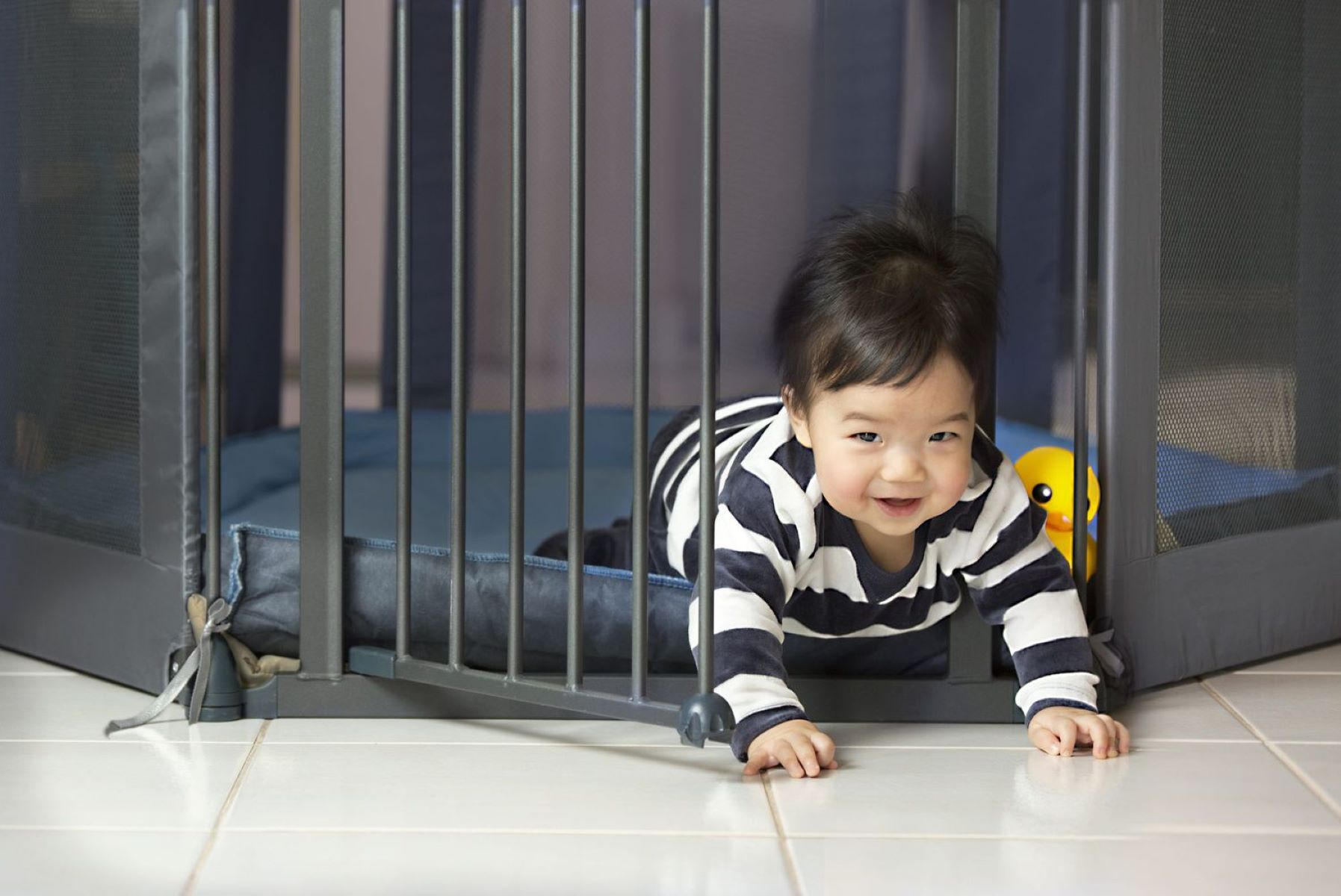
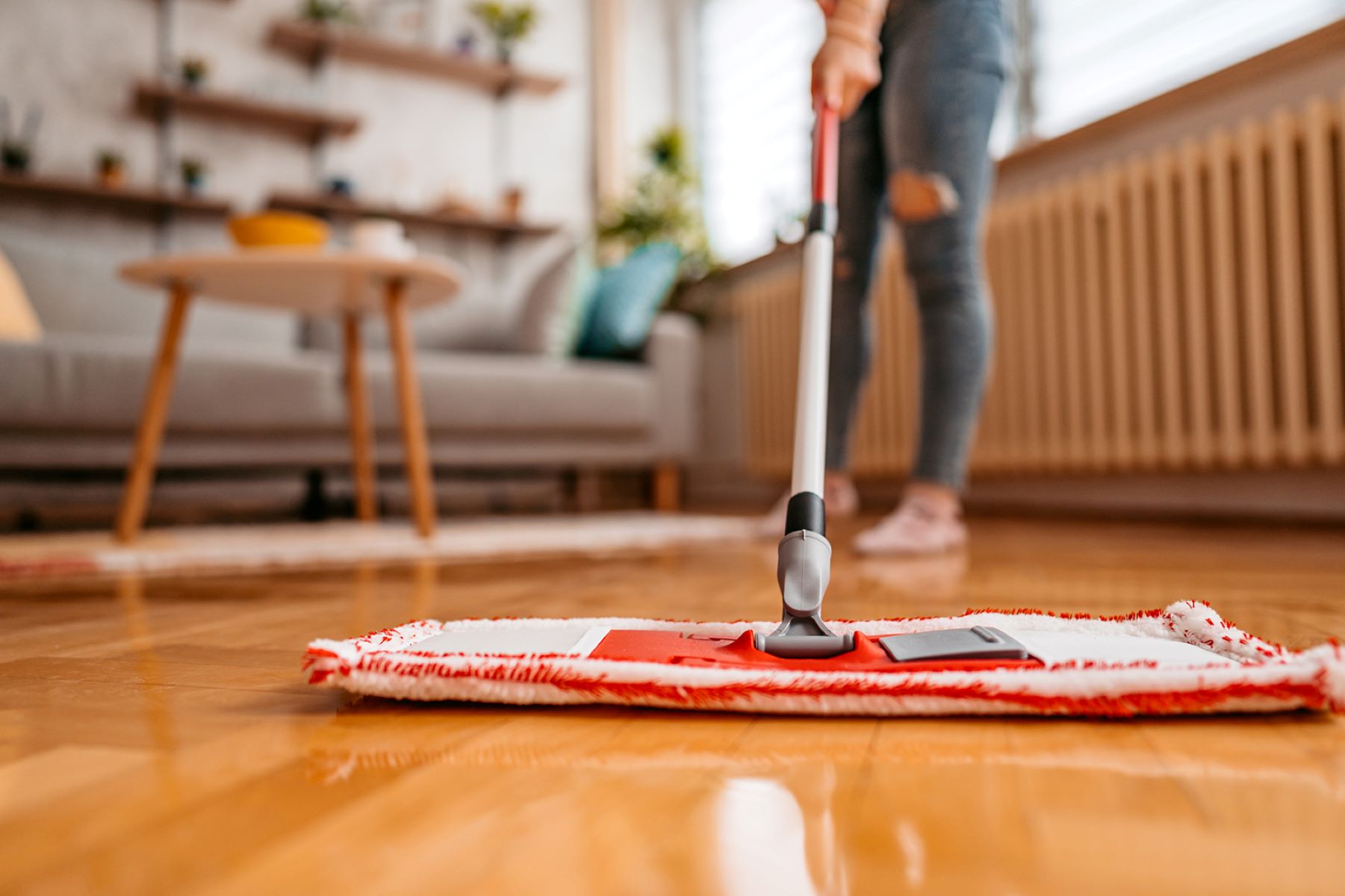
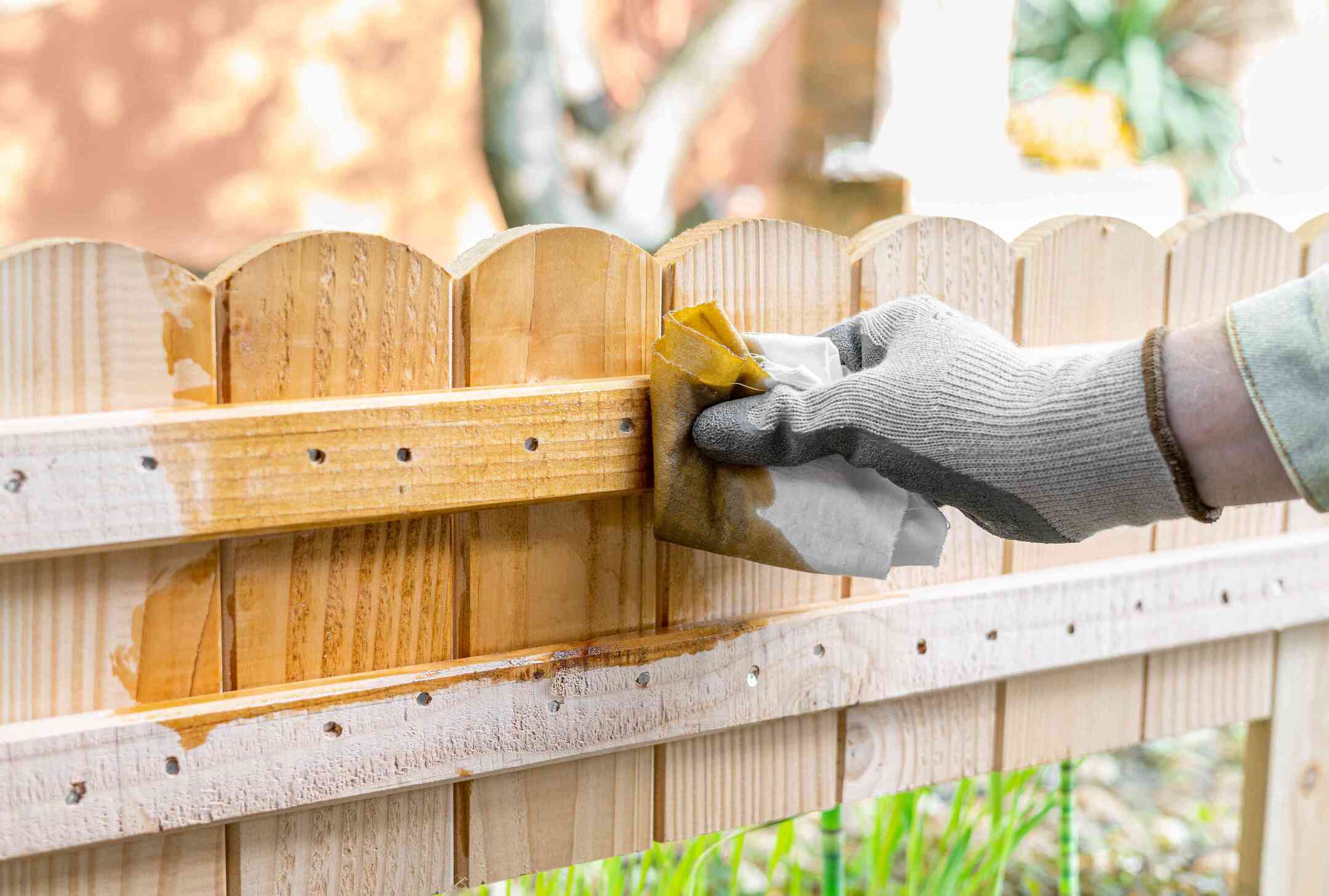
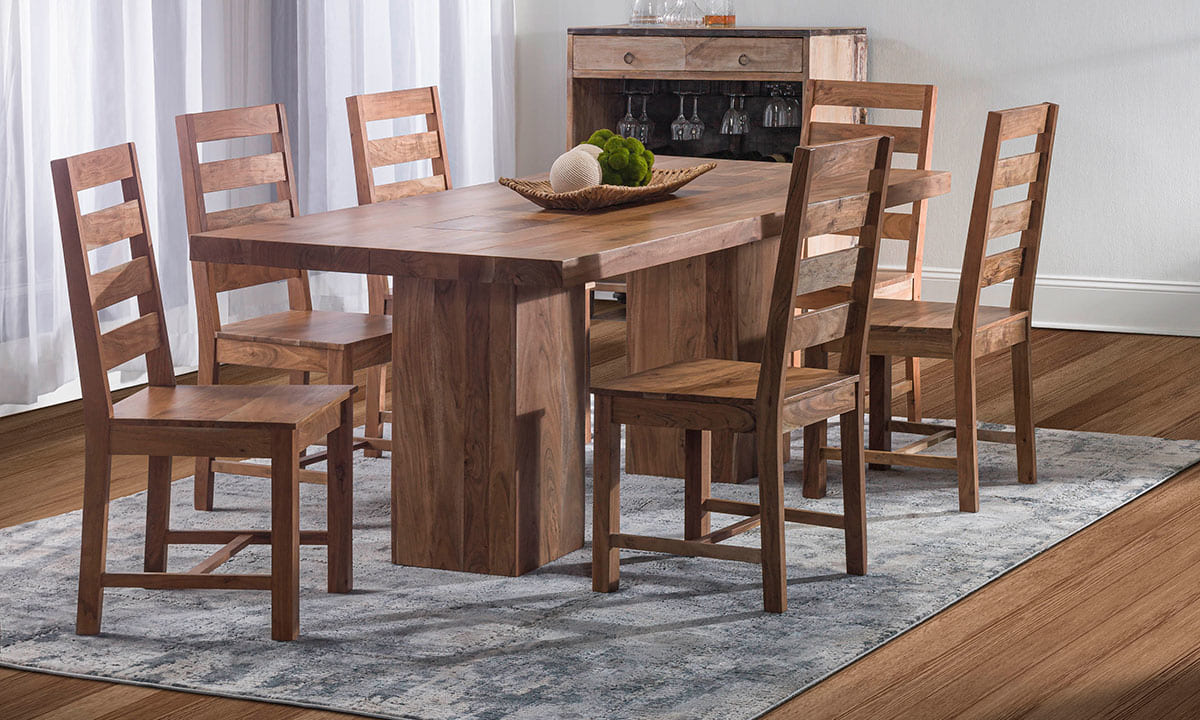
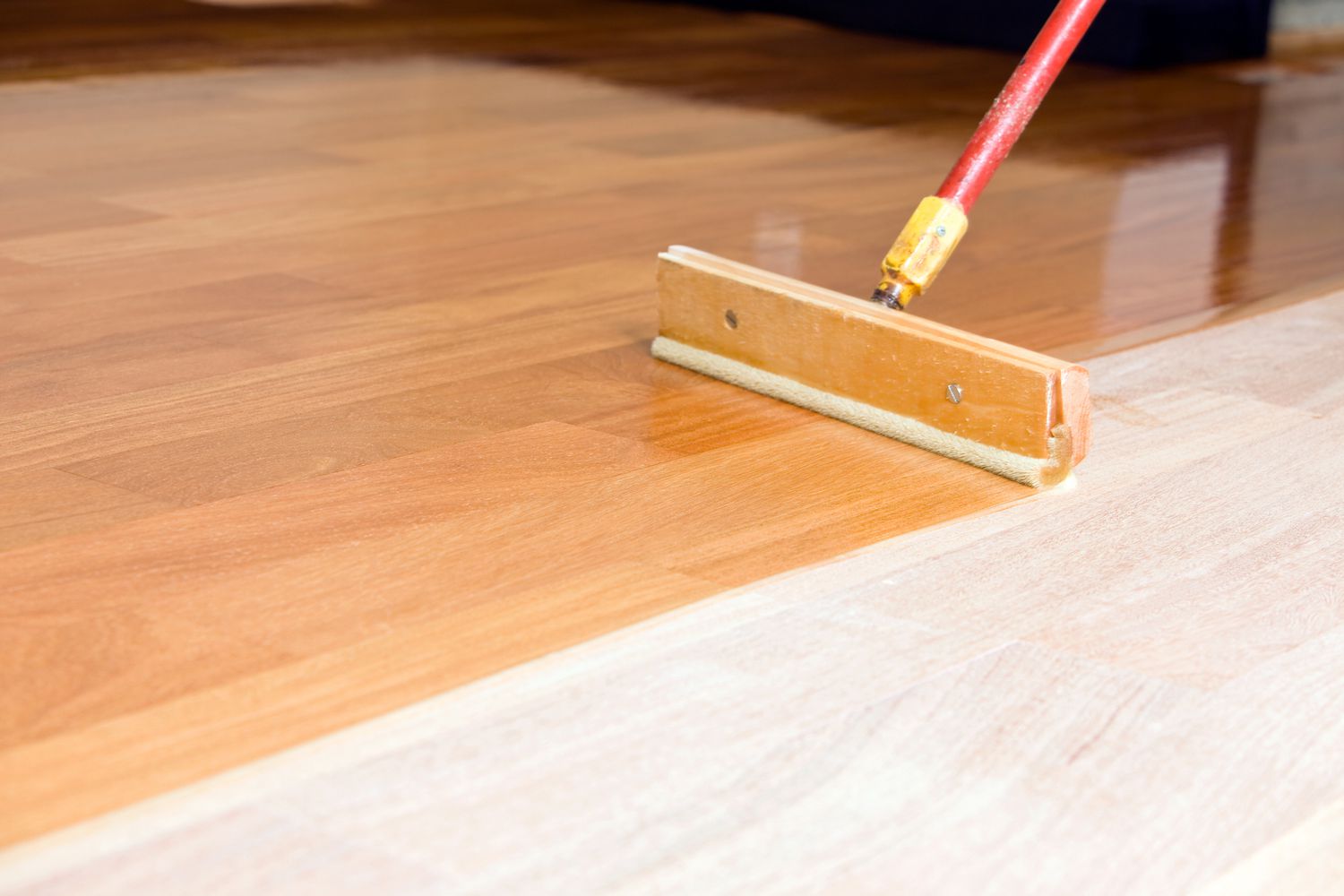
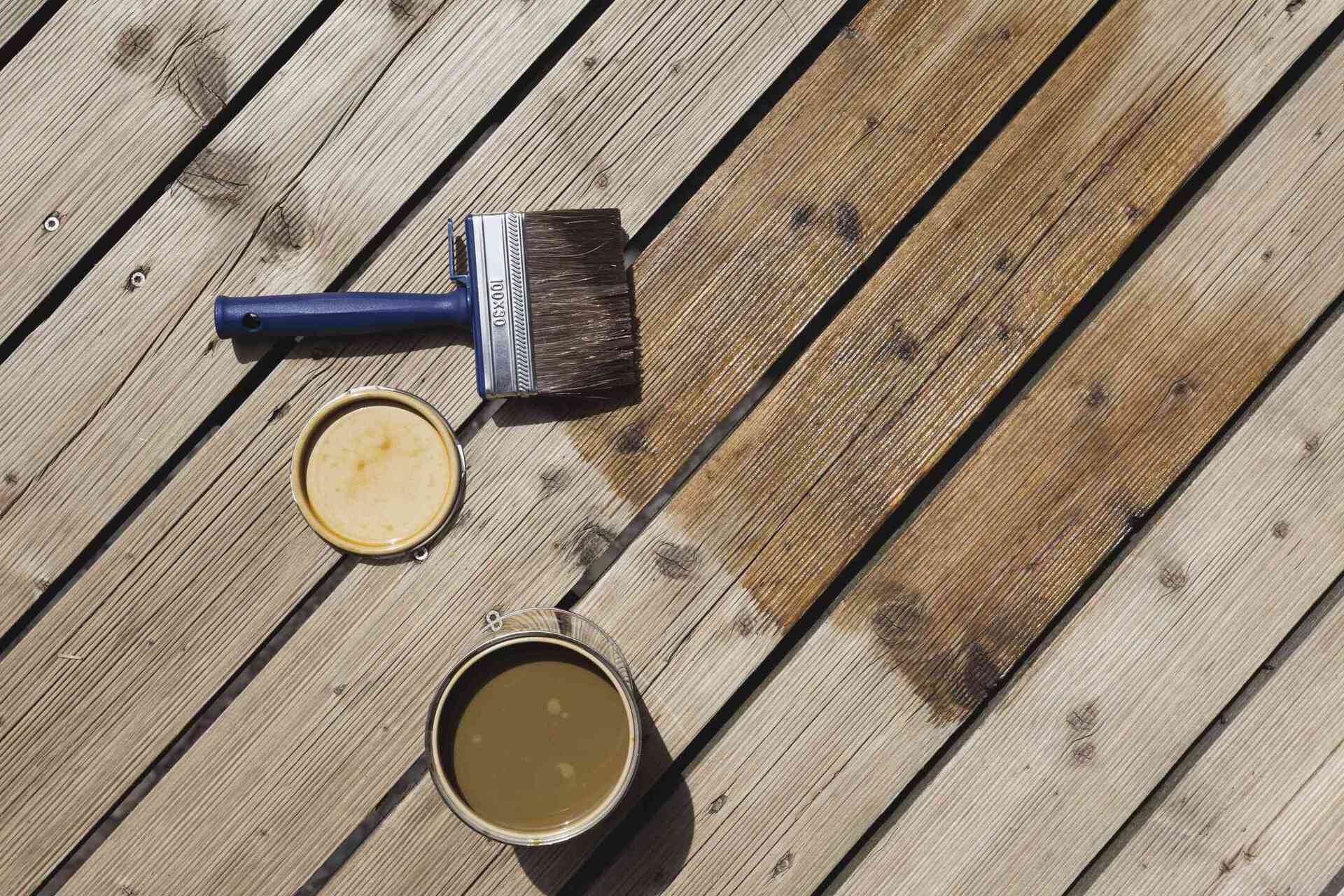
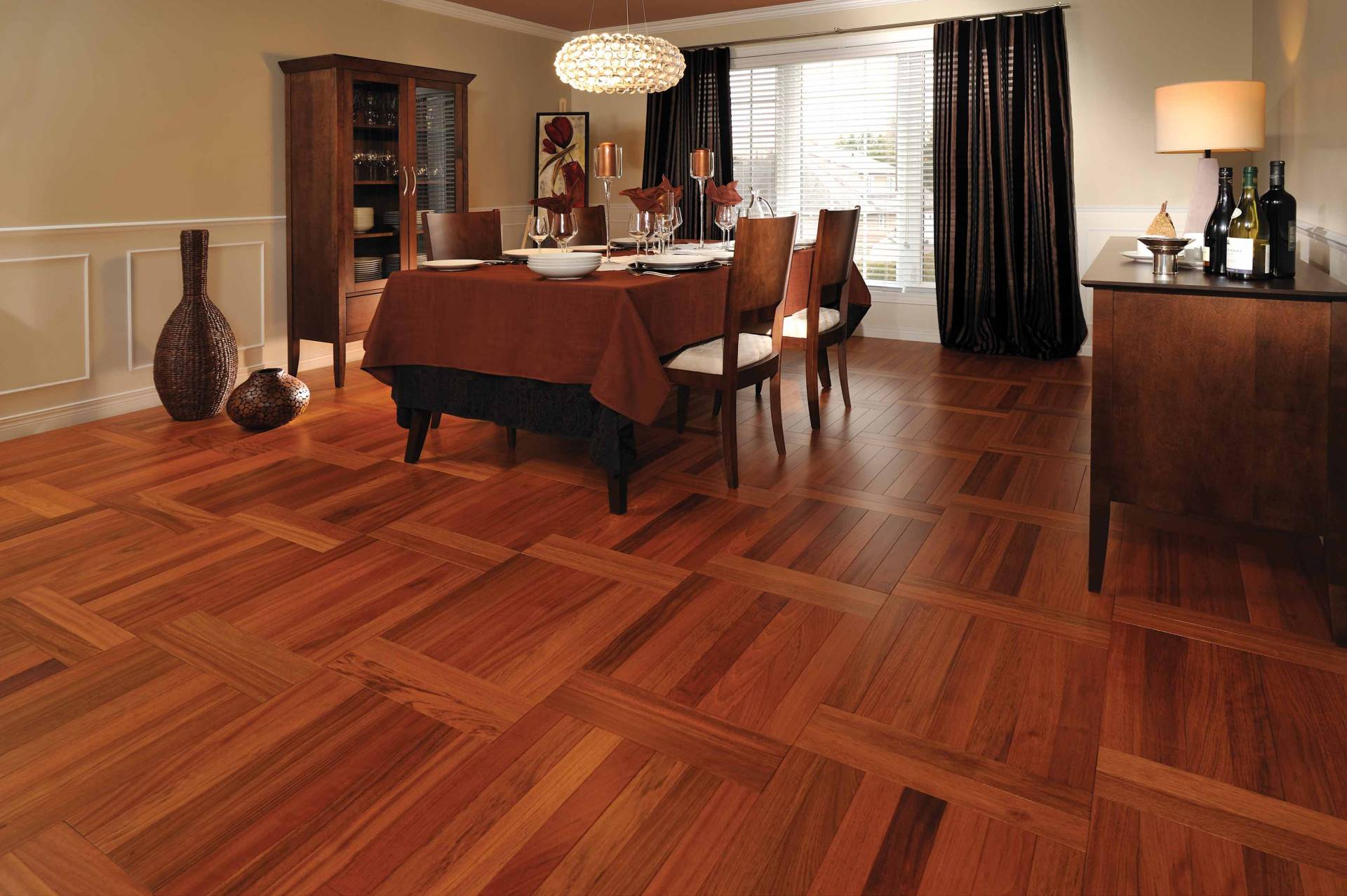

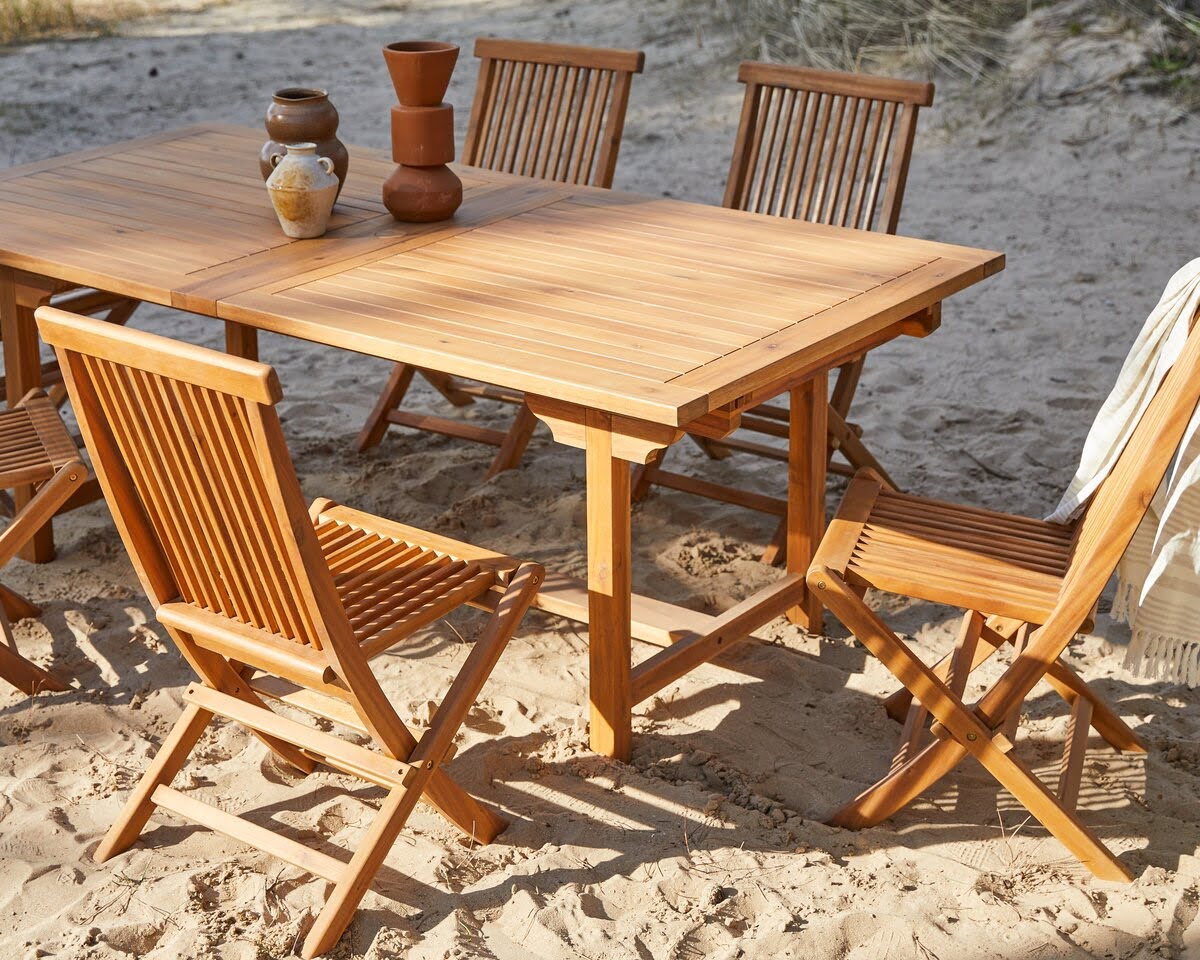
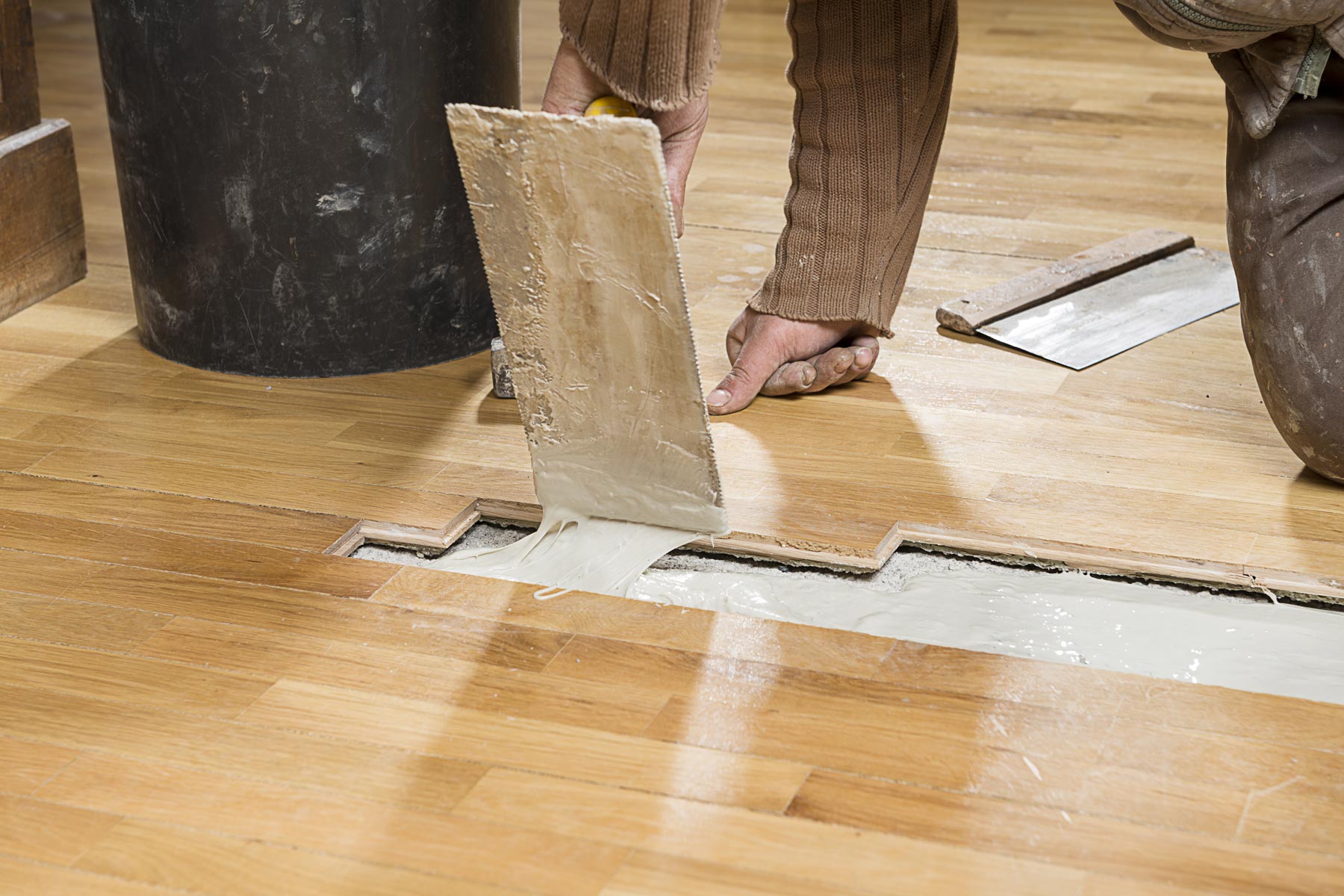
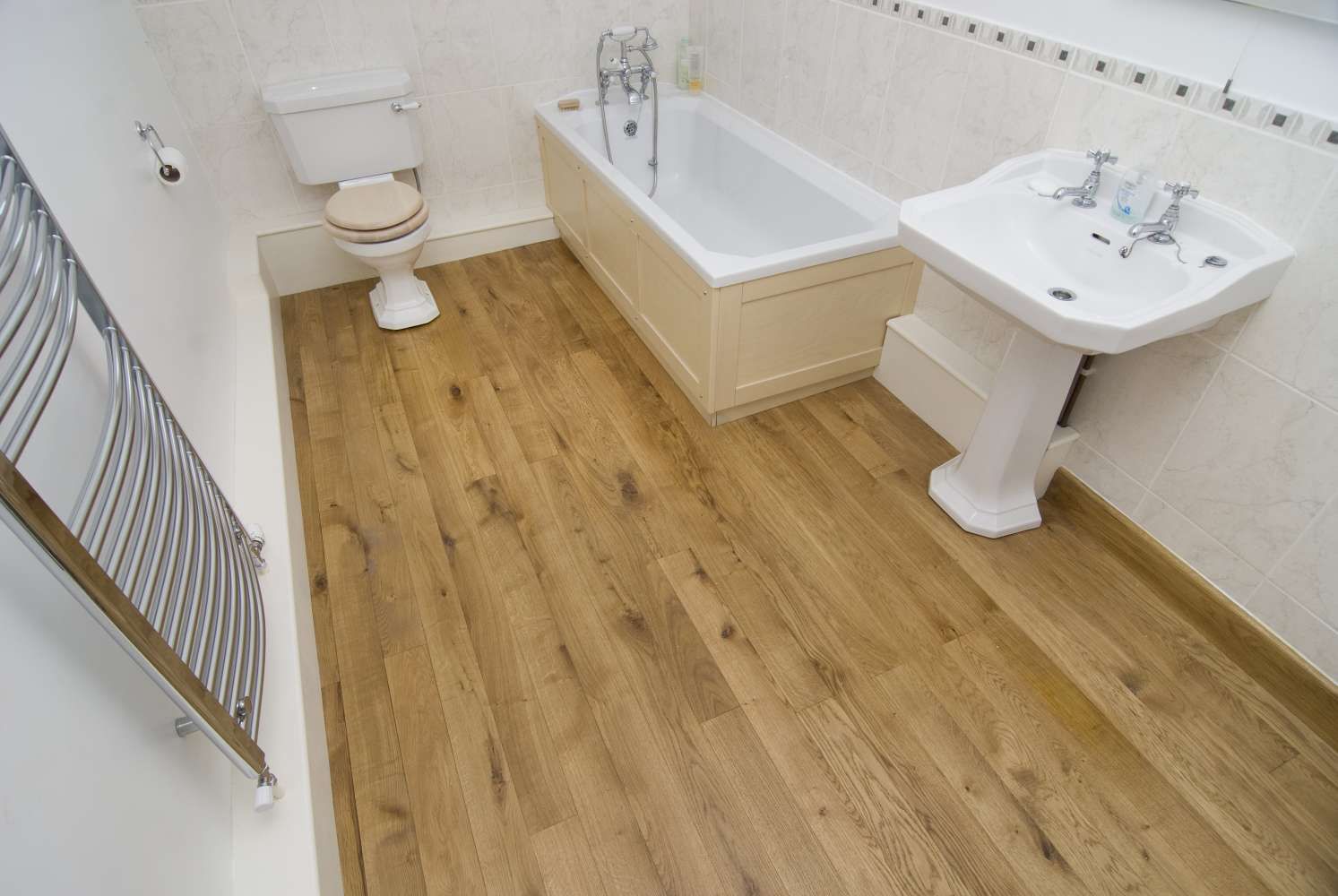
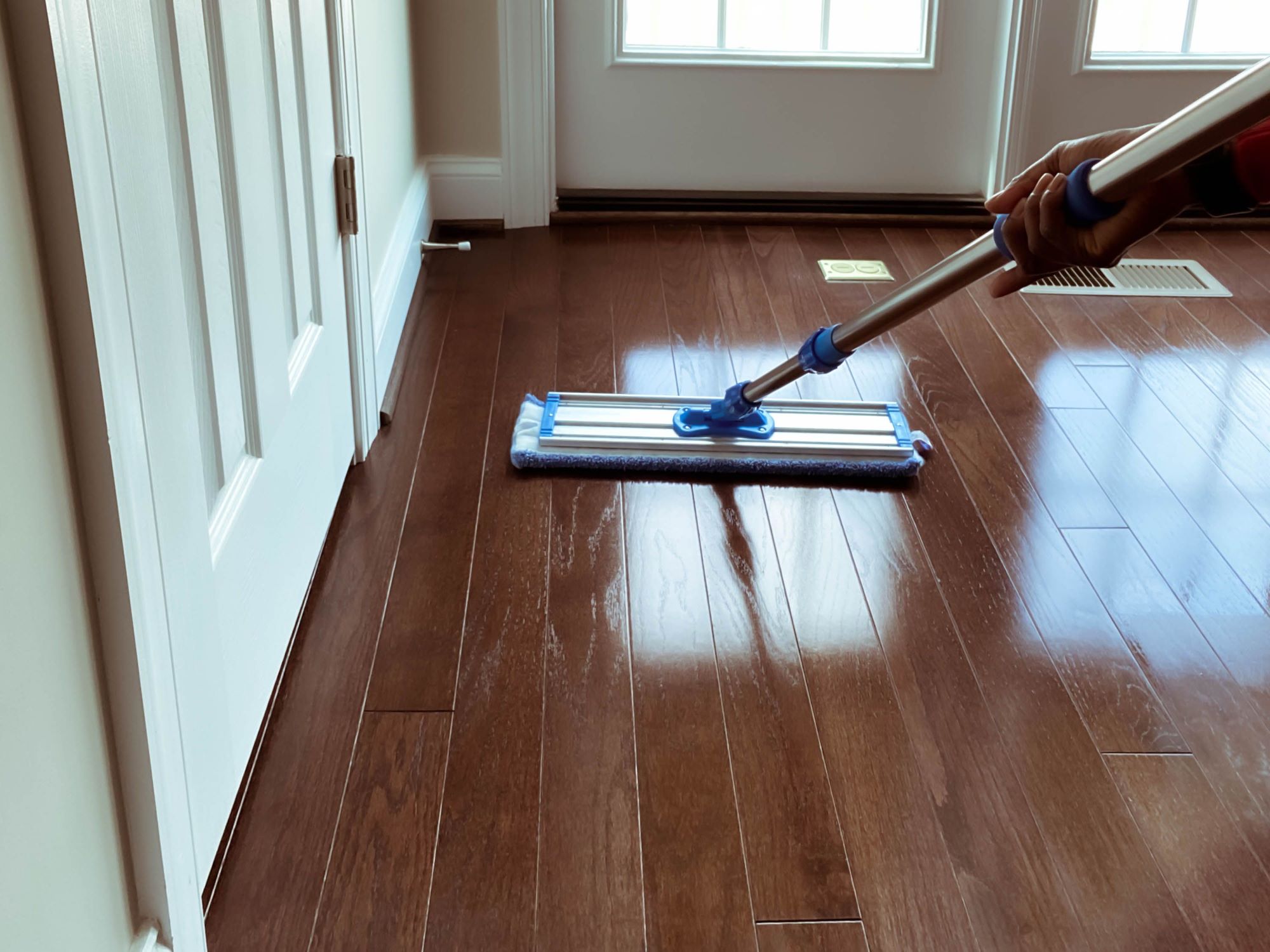
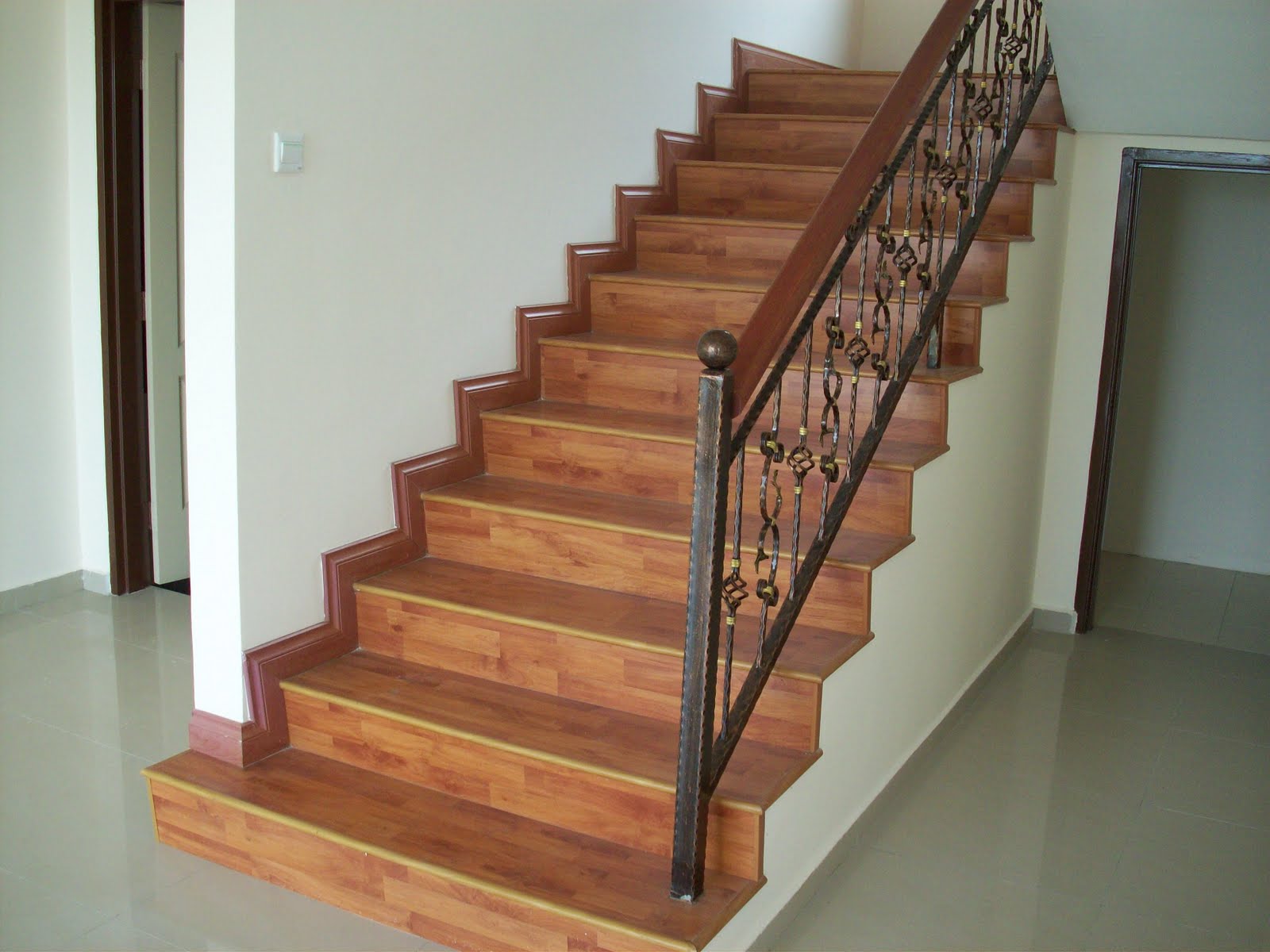
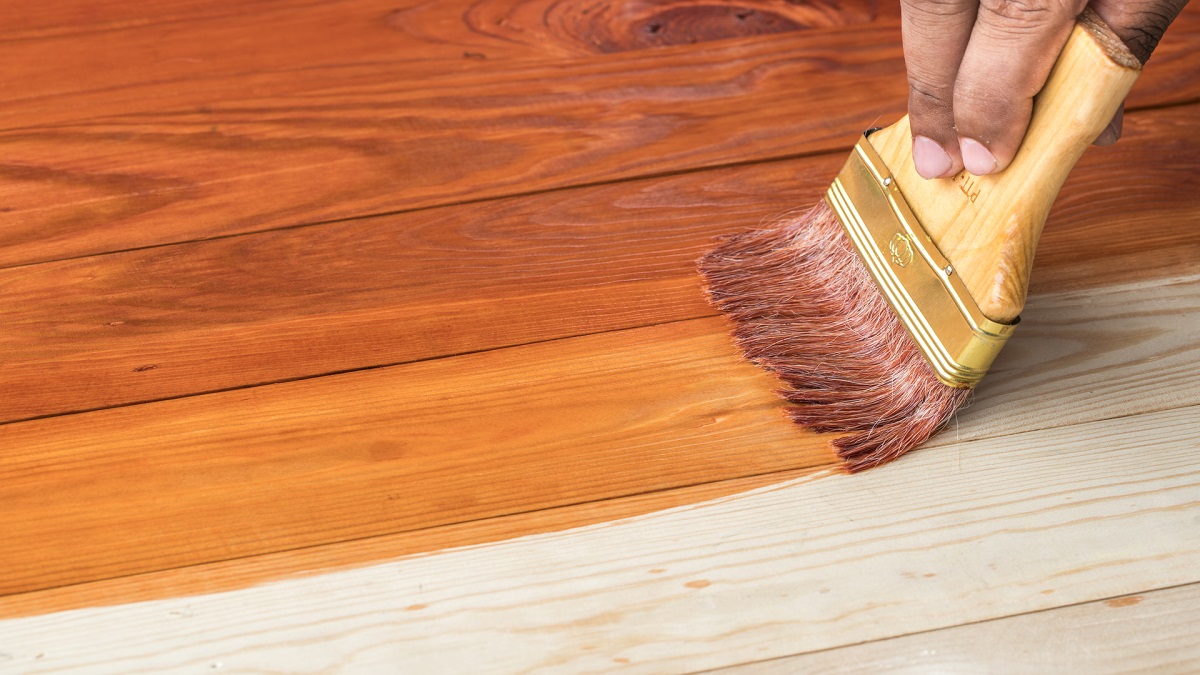

0 thoughts on “How To Protect Wood Floors During Construction”